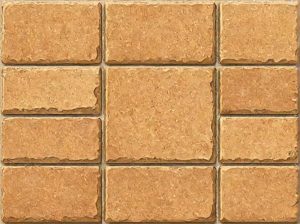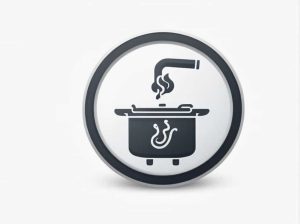Vermiculite insulation was widely used in residential and commercial buildings for several decades. It became popular due to its lightweight fire-resistant and heat-insulating properties. However concerns about asbestos contamination led to its decline in use.
This topic explores the history of vermiculite insulation the years it was commonly used its benefits and risks and how to handle it safely.
What Is Vermiculite Insulation?
Vermiculite is a naturally occurring mineral that expands when heated. This unique property makes it a good insulating material. It was commonly used in attics walls and industrial applications.
Why Was Vermiculite Used for Insulation?
- Lightweight: Easy to transport and install.
- Fire-Resistant: Does not burn making it a safe choice for insulation.
- Moisture-Resistant: Helps prevent mold growth.
- Thermal Insulation: Improves energy efficiency in buildings.
What Years Was Vermiculite Insulation Commonly Used?
Vermiculite insulation was widely used between 1920 and 1990 with peak popularity from the 1940s to the 1980s.
Key Periods in Vermiculite Insulation Use
- 1920s – 1940s: Early adoption in construction.
- 1940s – 1970s: Peak usage especially in the U.S. and Canada.
- 1980s – 1990s: Gradual decline due to asbestos concerns.
- 1990s – Present: Safer insulation materials replaced vermiculite.
Why Did Vermiculite Insulation Decline?
The decline in vermiculite insulation use was mainly due to asbestos contamination.
The Libby Montana Asbestos Contamination
- The Zonolite Company mined vermiculite in Libby Montana from the 1920s to 1990.
- The mine contained asbestos a harmful substance linked to lung diseases.
- Zonolite insulation was widely distributed across North America.
- In the 1990s health risks became widely known leading to its phase-out.
How to Identify Vermiculite Insulation in Homes
Many homes built before 1990 may still have vermiculite insulation. Here’s how to recognize it:
Physical Characteristics
- Light brown or golden-gray color.
- Loose pebble-like structure.
- Expands under heat exposure.
Where It Was Commonly Installed
- Attics (poured between wooden joists).
- Wall cavities (used as loose-fill insulation).
- Industrial and agricultural buildings.
Is Vermiculite Insulation Dangerous?
Not all vermiculite contains asbestos but if it does it poses health risks.
Health Risks of Asbestos in Vermiculite
- Asbestosis: Lung scarring caused by prolonged exposure.
- Lung Cancer: Increased risk from inhaling asbestos fibers.
- Mesothelioma: A rare but aggressive cancer linked to asbestos.
What to Do If Your Home Has Vermiculite Insulation
If you suspect vermiculite insulation in your home follow these safety steps:
1. Avoid Disturbing It
- Do not move vacuum or touch the insulation.
- Asbestos fibers become airborne when disturbed.
2. Get a Professional Inspection
- Contact a certified asbestos inspector.
- They will collect and test samples for asbestos content.
3. Consider Removal Options
- If asbestos is present hire licensed asbestos abatement professionals.
- Removal can be costly but necessary for safety.
4. Seal and Contain the Area
- If removal is not an option seal off affected areas.
- Use plastic sheeting or encapsulation techniques.
Alternative Insulation Materials
Safer and more modern insulation materials have replaced vermiculite.
1. Fiberglass Insulation
- Made from glass fibers.
- Non-toxic and widely available.
2. Cellulose Insulation
- Composed of recycled paper materials.
- Treated for fire and pest resistance.
3. Spray Foam Insulation
- Expands to fill gaps.
- Offers high energy efficiency.
4. Mineral Wool Insulation
- Fire-resistant and soundproof.
- Made from rock or slag fibers.
Vermiculite insulation was widely used from the 1920s to the 1990s with peak popularity in the mid-20th century. While it provided effective insulation concerns about asbestos contamination led to its decline.
If your home was built before 1990 it may still contain vermiculite insulation. It’s crucial to test for asbestos and take necessary precautions to protect your health. Today safer insulation alternatives are available for improved energy efficiency and safety.


